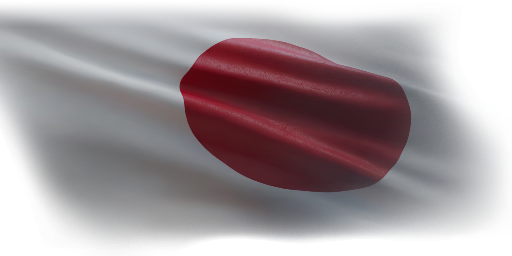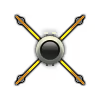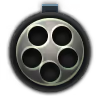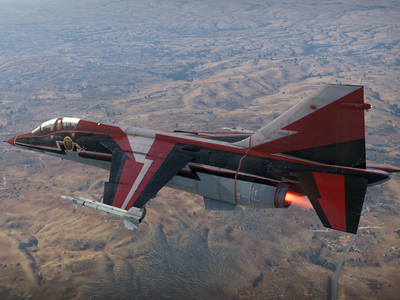



Throughout the late '60s, the JASDF came to note that their Fuji T-1 subsonic light trainer failed miserably at preparing pilots for the mach 2+ heavy frontline fighters currently in use with the JASDF, such as the F-104J and the F-4EJ Phantom II. At first, Japan considered acquiring foreign aircraft, but that idea quickly died down as the USA only offered the T-38 Talon and SEPECAT started asking for exorbitant licensing fees for their Jaguar. Realizing that foreign trainers were out of the question, a new set of development programs were started to develop new indigenous supersonic jets for Japan: First, the T-X program to field a supersonic trainer aircraft, and later the SF-X program stemming from it, to develop a single-seat attack aircraft on the basis of the T-X aircraft. Development of both aircraft was handed to Mitsubishi Heavy Industries after a fierce design proposal competition from Mitsubishi, Kawasaki, and Fuji. The first prototype of the new trainer "T-2" rolled off the production line on April 28, 1971, and conducted many static and ground tests before performing its first flight on July 20th of that year. After testing came to an end, production was authorized, and 90 T-2s were built, divided across 28 "T-2(Z)s", or "Zenkigata (early type)" and 62 "T-2(K)s", or "Kokigata (late type)". The aforementioned SF-X program to develop a strike aircraft based on the T-X would result in the F-1.
The T-2, introduced in Update 1.87 "Locked On", is the first indigenous Japanese supersonic jet aircraft. It serves as a stepping stone from the subsonic rank 5 jets to the world of heavy supersonics at rank 6 and after. The T-2 has above-average speed and handling characteristics for its tier, along with decent missiles, however the biggest downside is the lack of any countermeasures, making the T-2 in the hands of less experienced pilots easy prey for the powerful all-aspect missiles at its tier such as the AIM-9L and the R-60M. Pilots flying the T-2 must exercise caution, maintain good situational awareness, and pick their engagements correctly to avoid taking a 30G missile to the face when they least expect it. Players who enjoy the T-2 should look forward to the F-1, a direct development of the aircraft, turning the trainer T-2 into a fully fledged single-seat strike fighter.
flaps
flaps
flaps
brake
| Belt | Belt filling | Armor penetration (mm) at a distance: | |||||
|---|---|---|---|---|---|---|---|
| 10 m | 100 m | 500 m | 1000 m | 1500 m | 2000 m | ||
| API-T/HEF-I/HEF-I/AP-I/HEF-I/HEF-I | 40 | 36 | 22 | 12 | 6 | 3 | |
| API-T/HEF-I/HEF-I/HEF-I/HEF-I | 40 | 36 | 22 | 12 | 6 | 3 | |
| API-T/AP-I/HEF-I/AP-I/AP-I/HEF-I | 40 | 36 | 22 | 12 | 6 | 3 | |
| AP-I/AP-I/HEF-I | 40 | 36 | 22 | 12 | 6 | 3 | |
| Name | Weight | Slot | ||||||
|---|---|---|---|---|---|---|---|---|
| 72.6 kg |  |  | ||||||
| 76.4 kg |  |  | ||||||
| 76.9 kg |  |  | ||||||
| 240.9 kg |  |  |  |  |  | |||
| 362.4 kg |  |  |  |  |  | |||
| 19 × | 229.6 kg |  |  |  |  | |||
| 4 × | 280.3 kg |  |  |  |  | |||












Flight performance | |
|---|---|
Survivability |
|---|
Weaponry | ||
|---|---|---|
